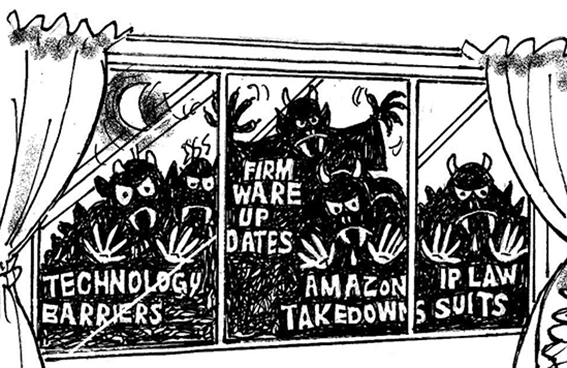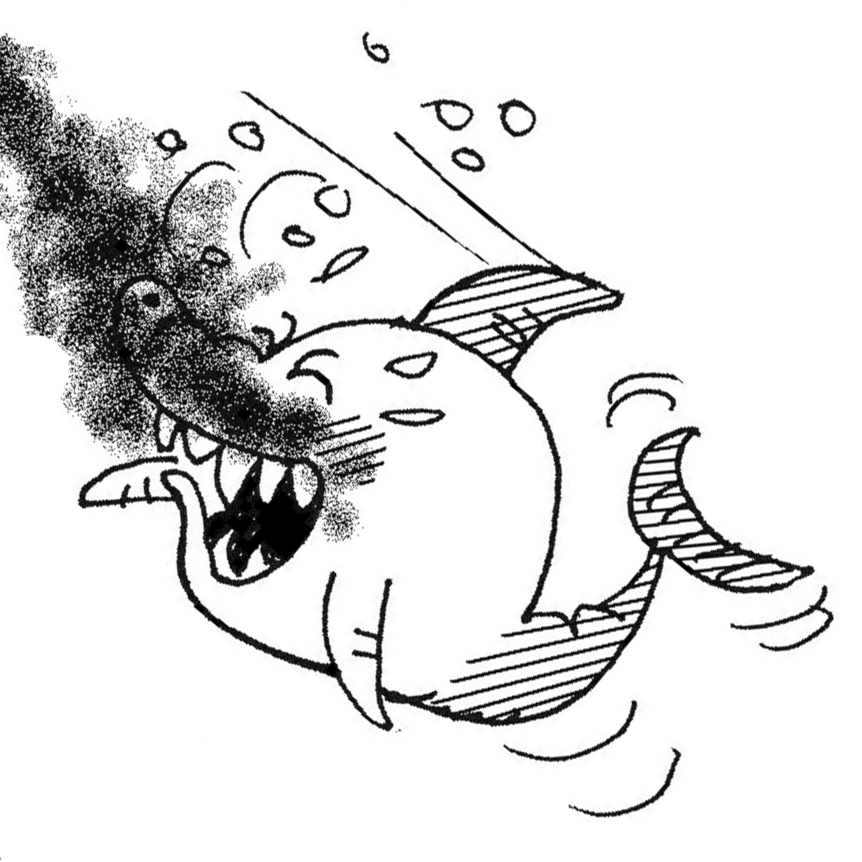Vertical Integration in the Latin Aftermarket: the Next Step?
Vertical Integration in the Latin Aftermarket: the Next Step?
Perhaps the forward integration of printing, software and logistics solutions is the next necessary step for many Latin companies.
 Consolidation is an unavoidable fact in every maturing industry and, to some extent, it is a healthy thing.
Consolidation is an unavoidable fact in every maturing industry and, to some extent, it is a healthy thing.
The golden age of the early 2000s where distributors or suppliers of image supplies appeared overnight—without references, many of dubious quality and without provenance—is in the past. Those who maintained quality and were willing to adapt to changing business conditions managed to survive and reached the present. The question goes begging: What’s next?
Vertical integration: advantages and disadvantages
Vertical integration is a business strategy in which a company acquires the business of its suppliers or distributors (or both) to achieve greater control of the supply and service chain. By making this purchase, the company achieves a competitive advantage over those companies that work independently and without integration.
In the U.S., clone imaging has determined the value of integration. Such integration offers an advantage in terms of market control, better pricing and the avoidance of disruptions to your supply chain. However, the merger of different companies could be difficult to manage (financially, culturally and in human resources), and be less flexible to changes and trends. It could even lose business focus.
Latin America backward or forward integration?
There are different types of vertical integration. The usual ones are “forward” and “backward” integration. Others may call it upstream and downstream. In the first case, companies are integrated forward, that is, towards the end-user, generally those that distribute or sell their products. Backward integration goes in the opposite direction away from the end-user. In such cases, these are companies that produce the raw materials and components used in the manufacture of their final products.
Typically, the distributor or supplier of the Latin aftermarket buys its supplies from different suppliers (sometimes locally, but usually from China) and in general does
not usually unify its purchases in a single supplier. Backward integration would appear to be a difficult strategy to achieve for the scale of the LATAM region. However, many Latino companies began to opt for forward integration, in the form of alliances or acquisitions, to achieve a competitive improvement in the approach to customers, thus establishing their own distribution network, offering printing services, technical support and guarantees, among other benefits. Through this closeness with the client, it acquires a greater knowledge of consumer behavior, adjusting its offers and generating a lasting relationship with the client.
Post pandemic printing solutions
As we saw throughout the pandemic, global business closures fueled telecommuting and digital transformation, turning countless homes into small offices. This migration drove a greater demand for services and products, such as multifunctional devices for printing of medium-to-low range inkjet or based on systems with embedded ink tanks.
OEMs have already taken note of this new business focus, launching solutions to meet this demand, and anticipating that it is very likely that the remote work and study modality will continue as a trend in the near future.
Cloud-based solutions and personalized services can be transformed into new business growth opportunities and the consumer market can become a tasty slice of cake that everyone will want to get their teeth into.
For the Latin aftermarket, this represents a great opportunity but it requires integrating adequate solutions to compete with quality, economy and safety. Perhaps the forward integration of printing, software and logistics solutions is the next necessary step for many Latin companies. ■
*This article is also published in our latest magazine edition. Click to download it and see Gustavo’s article on page 59.
Leave your comments to the article “Vertical Integration in the Latin Aftermarket: the Next Step?” below or join the conversation on LinkedIn.
 Molinatti is RT global partner for Latin Americas. He is based in Buenos Aires, Argentina and is the publisher of Guía del Reciclador—the Spanish language magazine first published in 2002 for the Latin American printer cartridge aftermarket. He has organized more the 20 technical and MPS training events in several countries and is helping RT bring VIP Expo events to Brazil, Argentina, and Perú. Please contact<info@guiadelreciclador.com>
Molinatti is RT global partner for Latin Americas. He is based in Buenos Aires, Argentina and is the publisher of Guía del Reciclador—the Spanish language magazine first published in 2002 for the Latin American printer cartridge aftermarket. He has organized more the 20 technical and MPS training events in several countries and is helping RT bring VIP Expo events to Brazil, Argentina, and Perú. Please contact<info@guiadelreciclador.com>
Read RT ImagingWorld magazine in Spanish.
Want to know more about the dynamic market in India? Read Molinatti’s other blogs and articles:
- Vertical Integration in the Latin Aftermarket: the Next Step?
- Adapting to New Normality or a Paradigm Shift?
- Can Latin America Manufacture its own NBCs—and be Profitable?
- HP Blocks Online Sale of Aftermarket Cartridges
- Remembering when Product Sales Increased
- Confronting Market Challenges and Opportunities












Leave a Comment
Want to join the discussion?Feel free to contribute!